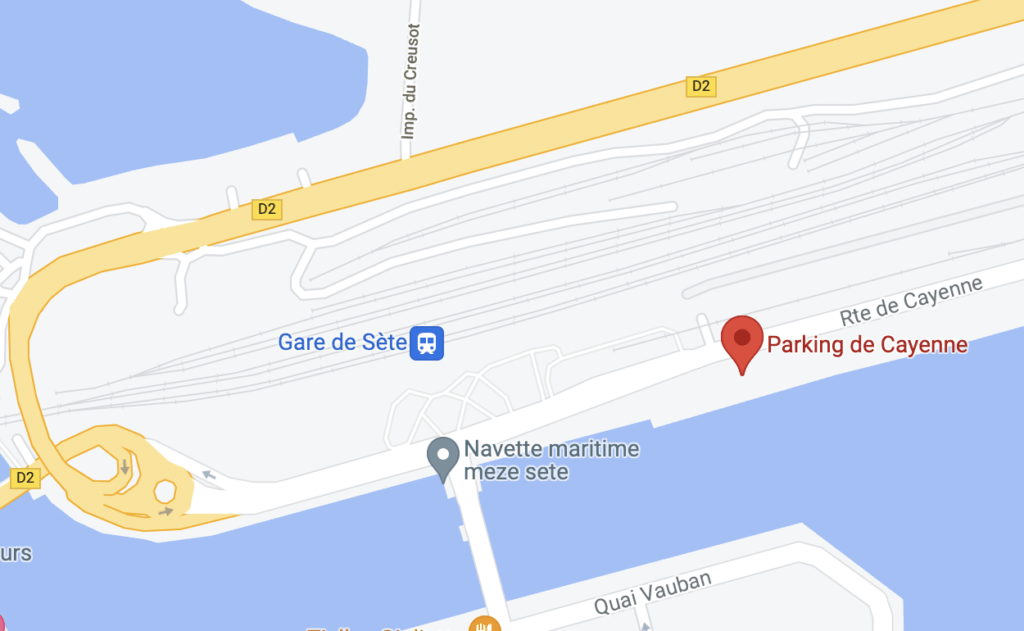The Pic Saint Loup
The Pic Saint Loup
A short story
Montpellier’s favourite mountain gets its name from a medieval love story. Three brothers, Loup, Guiral and Clair, all in love with the beautiful Bertrade leave on a crusade without knowing which of them she would choose as her husband.
Upon their return from the Holy Land, they discovered that their beloved had died. In their grief, they decided to live as hermits atop three neighbouring peaks. The one on which Guiral lived became the Mont Saint-Guiral. It is located near Mount Aigoual and granite dome rises to a height of 1366 meters. Where Clair lived was called the Mont Saint-Clair (175 meters, and home to the city of Sète ). Living on the peak to which he gave his name, Thieri Loup lived the longest. Once a year, on the anniversary of the Lady, the three lords lit a fire on the mountain in memory of their beloved and to show each other they were still alive.
History
The vines have been harvested around the Pic Saint Loup since Roman times, as in most of the Languedoc region.
The fall of the Roman Empire led to the decline of the Languedoc vineyards, until the Middle Ages. Under the initiative of the monasteries, the vineyards were reborn, including the Pic Saint Loup as evidenced by the names: The town of Claret that sprang up in the eleventh century certainly gets its name from white wine, known at that time as ” claret “, the name of the village of Saint-Jean-de-Cuculles evokes the monastic habit, but also that worn by the winemakers …
Written documents from that time attest to the presence of the vines on the Pic Saint Loup.
From the late nineteenth century, with resuscitation of the vineyards destroyed by phylloxera, and the development of cooperation, the region began moving gradually towards a monoculture, and the wines of the Pic Saint Loup begin to move outside their area of production, first to Montpellier, then to other regions via the port of Sete.
In 1900, they began to appear on the menus of Parisian restaurateurs, winning awards at regional and national competitions.
The terroir, the soil
Pic Saint Loup is due to the formation of a large mountain range stretching from the Pyrenees to Provence formed by major folds on the continental plate about 45 million years ago. With the highest peak, the summit of Pic St Loup reached over 1000 meters. There then followed a long period of erosion (40 million years) still under way today and still working on the top of the Peak. Contrary to popular belief, the Pic Saint Loup and facing Hortus were never connected and are not formed of rocks of the same age
Today there is a wide variety of soils making up the appellation. It is particularly the climate that contributes to the typicality of the wines. We speak of the “climatic singularity” of the Pic Saint Loup that persists whatever the vintage. Thermal amplitudes are marked, especially in summer when the days are hot and the nights cool. The relatively high rainfall in the region also promotes a good water level and limits water stress. Finally, wind (the Mistral and Tramontane) contributes to the protection of the vineyard against diseases related to air humidity (powdery mildew, gray mold). In addition, with the supply of fresh air, in the autumn, they favour cool nights.
Varieties
The planting of the Pic Saint Loup is part of a qualitative priority. For thirty years, replanting was done almost entirely with three dominant varieties: Syrah, Grenache and Mourvèdre.
Chronologically, Grenache planted en masse into the 80s holds the memory of the Pic Saint Loup. Liking the heat, it produces full-bodied, round and rich wines. The Syrah grape is newest but eloquent and well adapted to this type of soil. Its distinctive aromatic, its organoleptic characteristics oriented towards the aromas of flowers (violet), fruit (raspberry and blackcurrant), and its colour and preservation make it the dominant grape. As for Mourvèdre, more demanding, it is renowned for its nobility and power, it provides an interesting structure to the wines with good aging potential. Combined with Syrah and Grenache, it gives the wine an ageing capacity and duration.
Carignan and Cinsault, complementary varieties of the appellation, are also used in some vintage assemblies.


